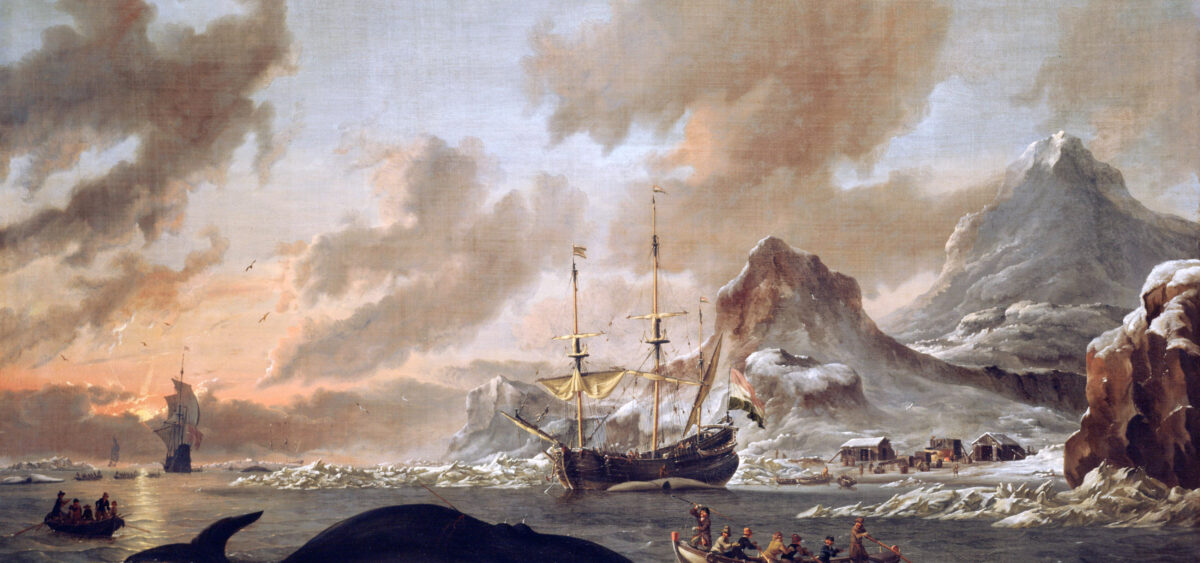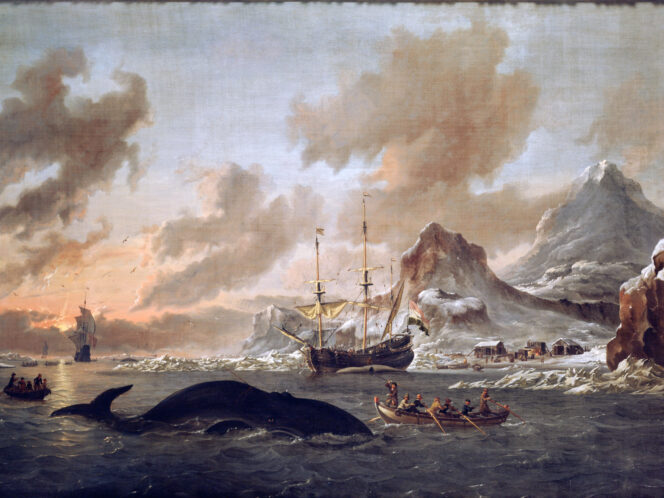
The year 1972 saw a number of extraordinary events in the history of computer technology. Atari launched its first popular computer game, Pong. Intel released an eight-bit processor known as 8008. Evan Williams, one of the founders of Twitter, was born. What else? Perhaps the fact that following a week of tedious calculations, World3, a program developed by MIT scientists, came to the conclusion that








